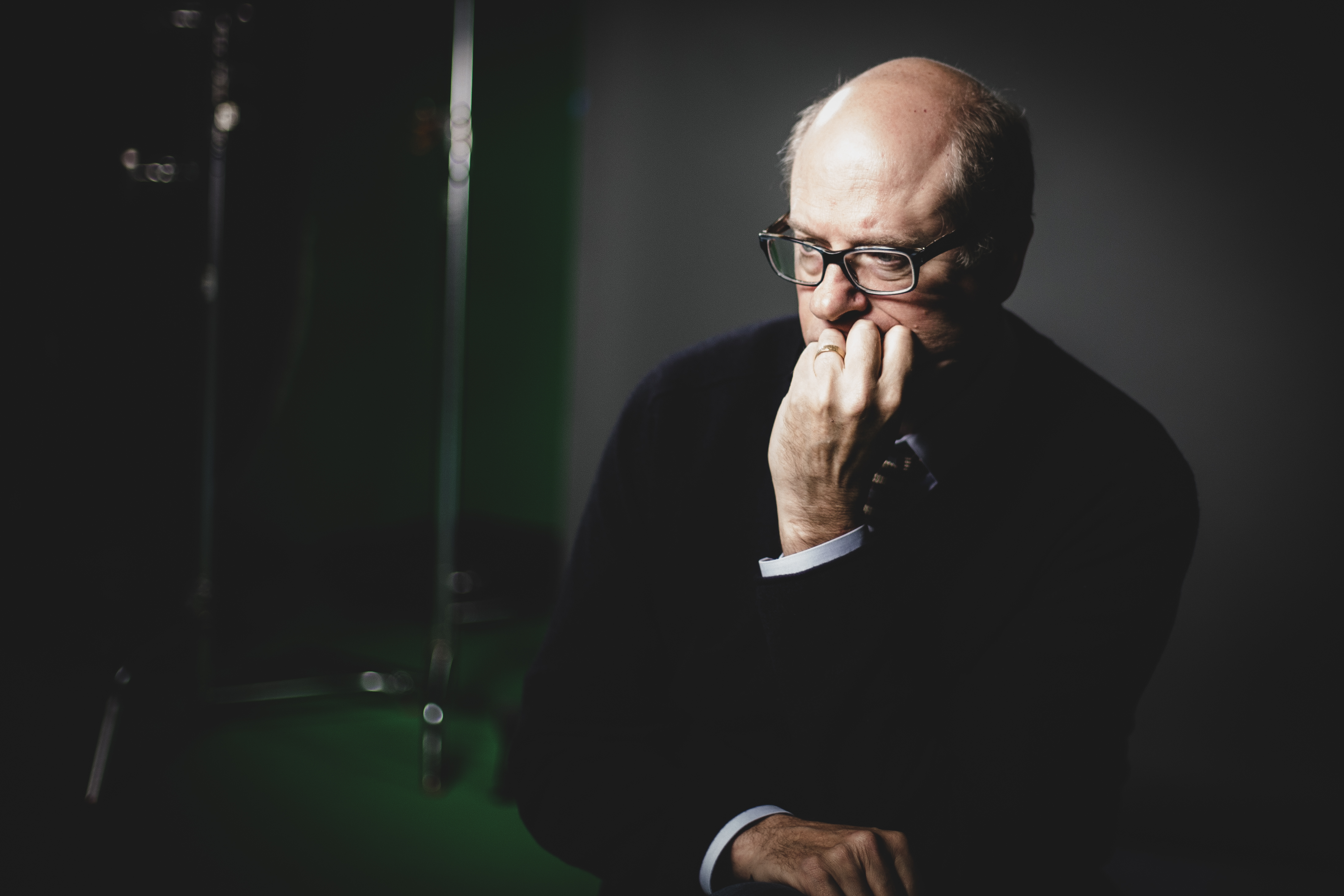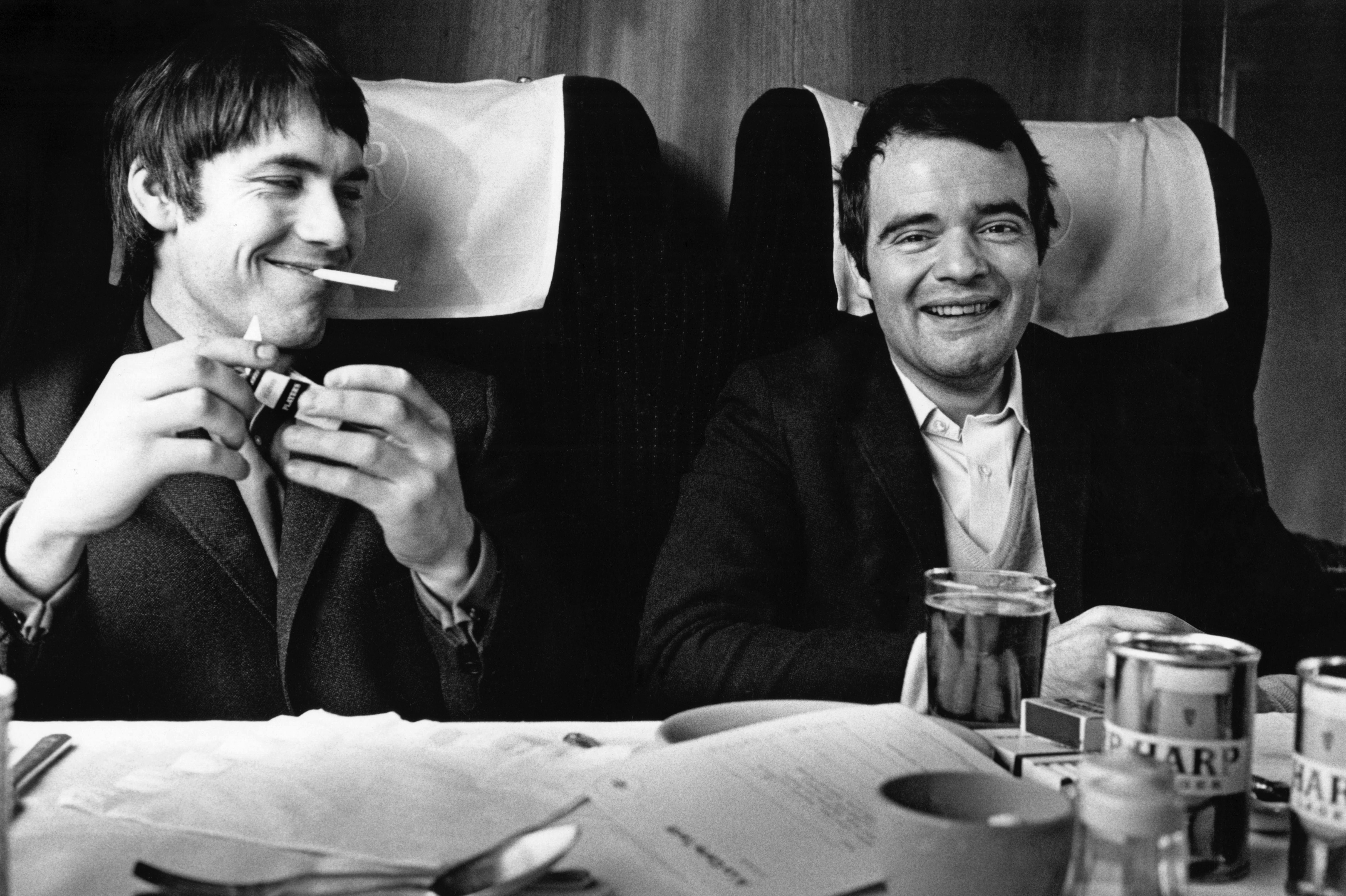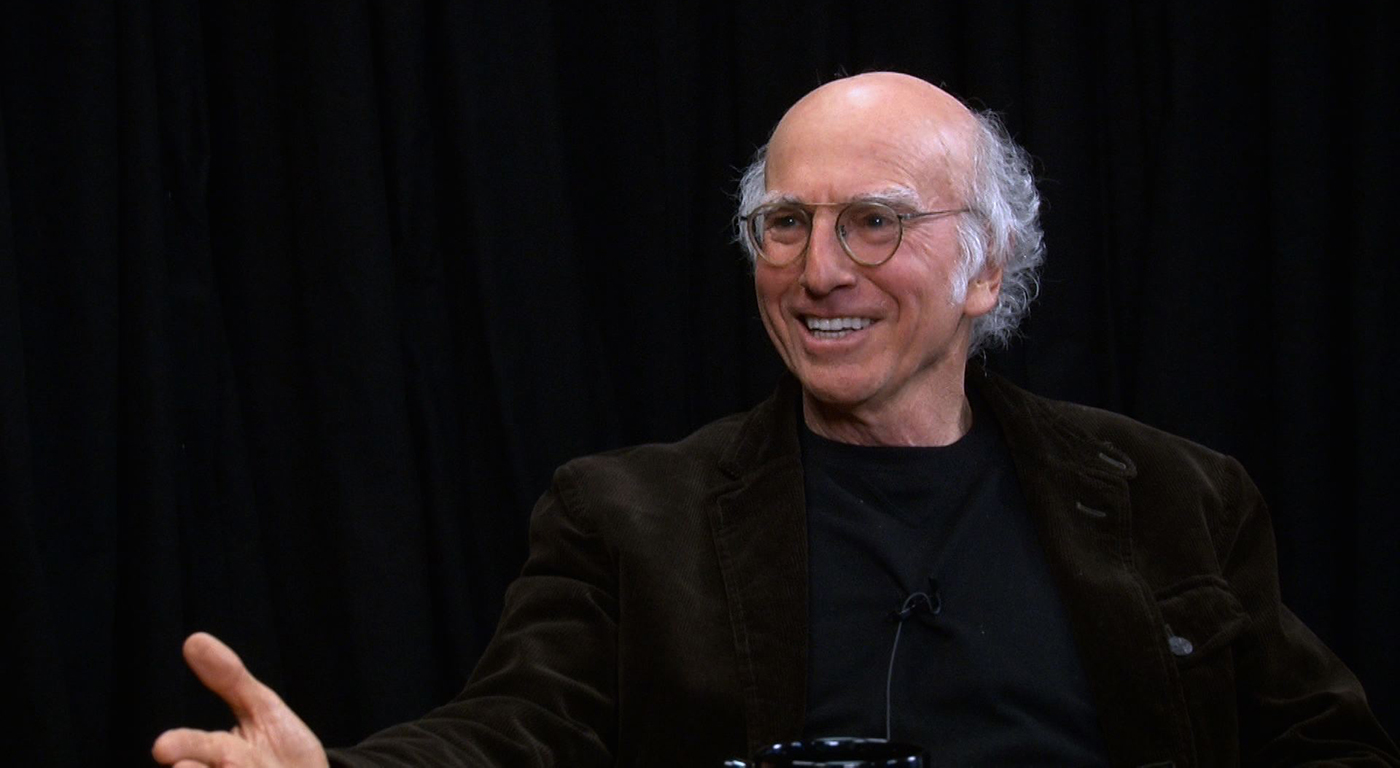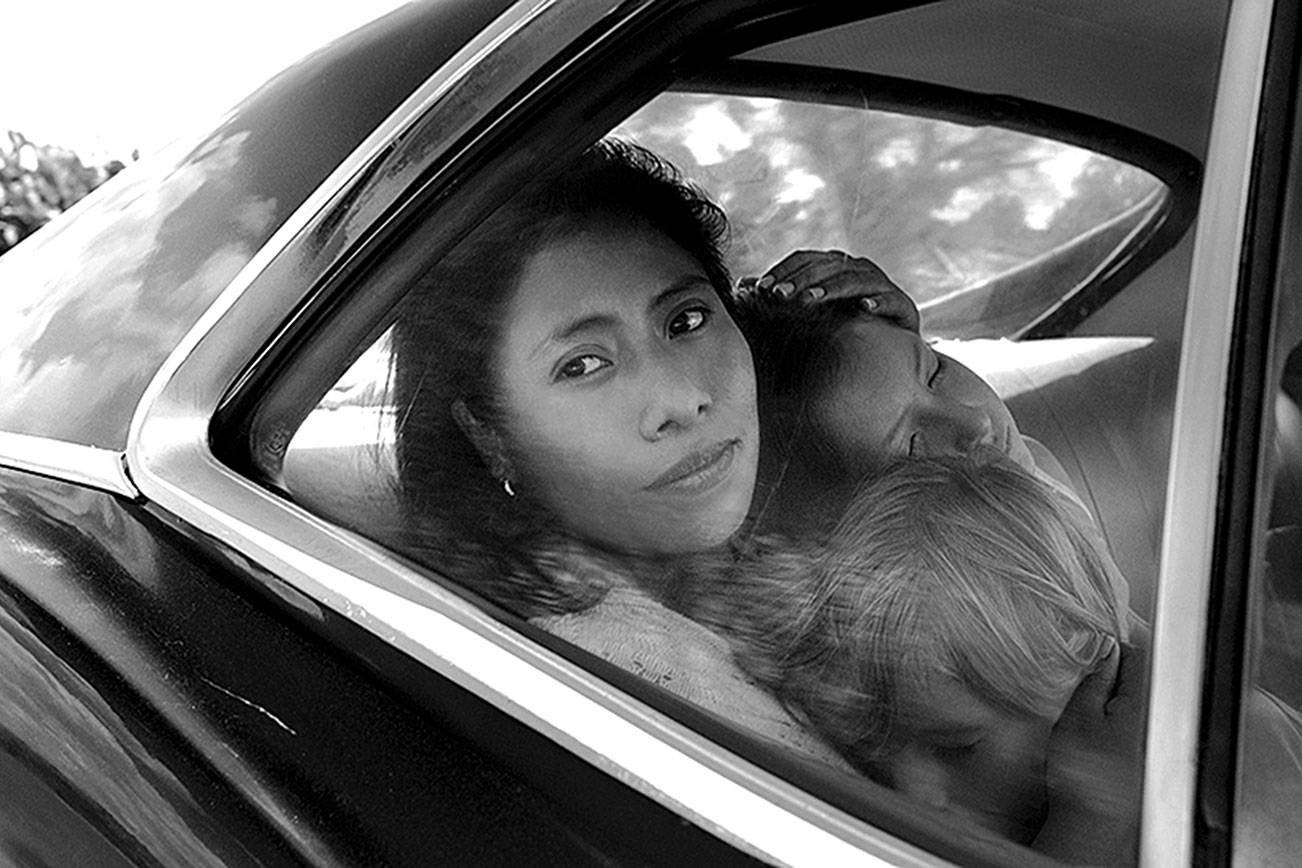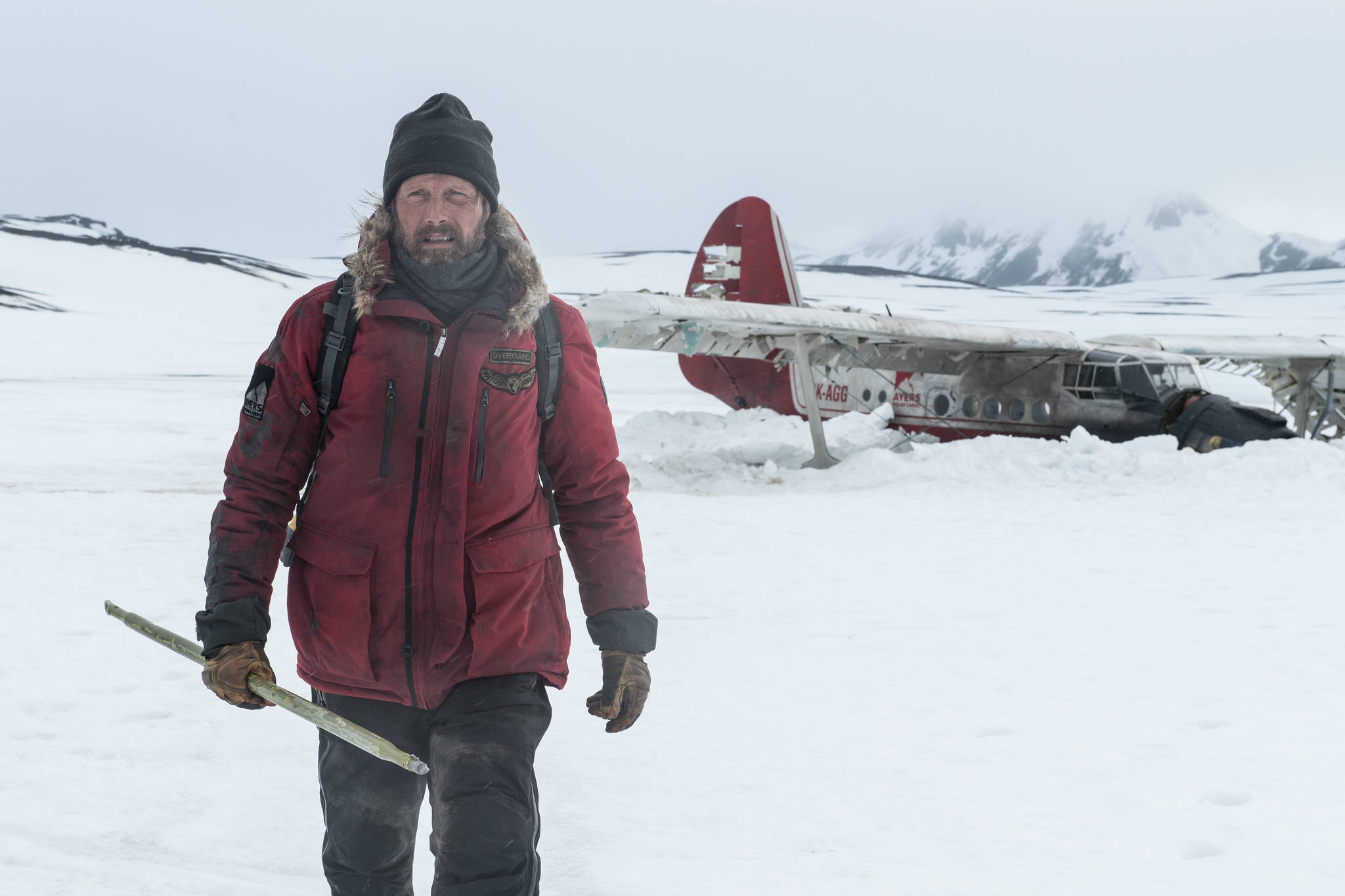It takes chutzpah to monkey with Orson Welles, even for the best of reasons, and without a doubt this unprecedented revision of Touch of Evil was undertaken with the best intentions. While I can quibble with a few details, the result is a remarkable success. Forty years after the fact, producer Rick Schmidlin and Oscar-winning film and sound editor Walter Murch have given Welles his due and turned Touch of Evil into the film he wanted to make.
A Touch of Evil
Varsity, September 18-24
This is not a director’s cut, although it’s as close as we may ever come to one. “(A)n academic example of what Welles intended” is how revision producer Rick Schmidlin describes it. After studio executives viewed Welles’ work-in-progress in 1957, they assigned a new editor and asked Welles to step aside. To make a long and very complicated story short, Welles viewed the studio’s rough cut months later and wrote a detailed 58-page memo describing the changes needed to save the film. Discovered a few years back by Welles scholar (and subsequent project adviser) Jonathan Rosenbaum, this memo became the primary source in Schmidlin’s innovative project: using Welles’ very specific instructions to reconstruct Touch of Evil.
Even in its various compromised versions (between film and video there are no less than three existing cuts of the film), Welles’ baroque border-town murder mystery is a wild masterpiece, a sleazy, grimy, jittery, and ultimately dazzling work of cinematic magic. Charlton Heston plays straight-arrow Mexican government agent Mike Vargas, whose planned honeymoon with his American bride, Susie (Janet Leigh), is derailed by a sensationalistic murder. Enter police detective Hank Quinlan (Orson Welles), a bloated, blustery grotesque with a doughy face and an ill manner. An instant antagonism develops between the educated Vargas and the misanthropic Quinlan. This intensifies to a rabid hatred when Vargas uncovers evidence that Quinlan has framed a suspect.
Fans of the familiar Touch of Evil will notice the differences in this revision immediately. The famous opening crane shot, up to now obscured by credits and set to a brassy, bongo-laden Latin number by Henry Mancini, develops from a clever prologue into a riveting scene with a dense new sound design. While the camera follows the parallel journeys of the car (carrying a ticking bomb) and the strolling newlywed couple as they weave their way through the bustling Mexican border town, the new soundtrack gives a specific sense of place. Street sounds compete with car radios, and nightclub music weaves in and out of the mix.
Once the car explodes, Welles’ style becomes more expressionistic: looming low angles, jittery handheld shots, edgy editing. The new cutting design outlined by Welles serves this style better. The subsequent scenes are tightened up with insistent intercutting between the Vargas/Quinlan confrontations on the American side of the border and Susie’s run-in with racketeer “Uncle Joe” Grandi (Akim Tamiroff) in Mexico. The pace has greater urgency and tension. Subsequent changes are less obvious (a trim here, an insert there, a couple of short scenes cut), though one welcome discovery has come to light: For the first time in my experience the film is presented in its intended 1.85:1 widescreen aspect ratio, resulting in a tighter, more focused visual scheme
Touch of Evil has never looked or sounded better. For my money it’s never worked better either.
